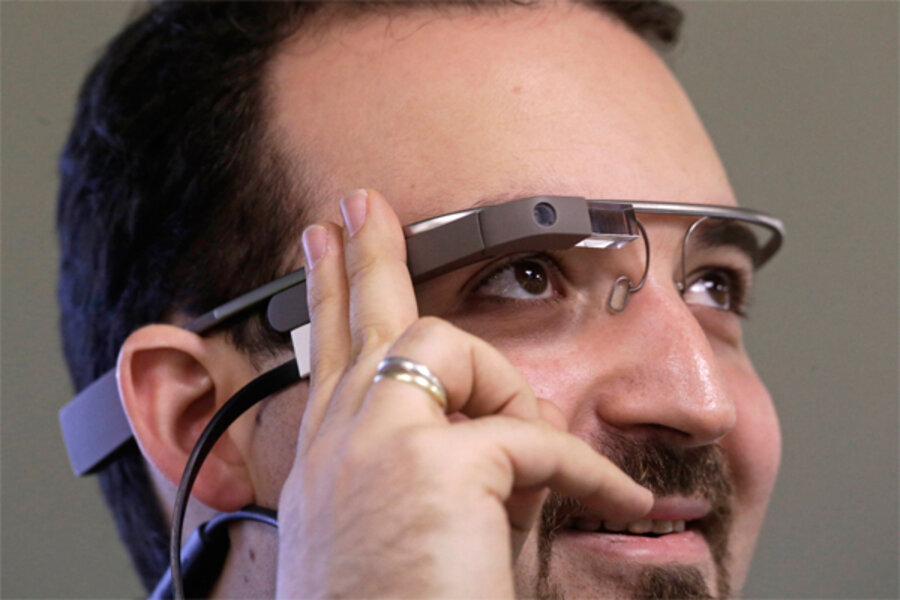Can Google Glass improve philanthropies? We'll find out soon.
Loading...
Google will award five nonprofits with free versions of Glass, the wearable computer technology.
The gifts will be given by Google.org, the search giant's division designed to aid and support nonprofits. The five nonprofits were selected out of 1,300 nonprofit organizations that submitted applications detailing how they would "use Glass to amplify their impact." In addition to Glass, the nonprofits will each receive grants of $25,000, a trip to Google headquarters, and the chance to work with developers to implement their visions for using Glass with their respective missions.
The five winning organizations are:
- Classroom Champions: The Florida organization uses technology to connect Olympic and Paralympic athletes with students in high-need schools. Using Glass technology, students will get the chance to see what the athletes see as they train, putting students in the visceral shoes of their athlete mentors.
- Mark Morris Dance Group: The New York-based dance organization works with people diagnosed with Parkinson's disease. The organization will help them "remember and trigger body movements in their daily live," according to PC Magazine.
- The Hearing and Speech Agency: The Baltimore-based nonprofit will work with Glass to develop new ways for people diagnosed with speech difficulties, hearing loss, or autism to communicate.
- Women's Audio Mission: The San Francisco nonprofit will use Glass to develop educational programs for girls with interests in music and science.
- 3000 Miles to a Cure: The North Carolina nonprofit raises money to research brain cancer.
It's no secret that Google is trying numerous avenues to get its wearable technology to catch on in the mainstream. Recent ventures have included turning to high fashion by partnering with fashion designer Diane von Furstenberg's studio, DVF, and Google hiring Ivy Ross, the former marketing executive who has worked for such high-profile brands as Calvin Klein and Coach.
Nevertheless, Glass still faces an image problem. Between being mocked by Jon Stewart on The Daily Show and getting banned in UK movie theaters, consumers have not quite yet caught on to the wearable device that currently costs $1,500, which can be reasonably assumed to have played a role in the search giant's decision to use the technology in aiding nonprofits.
Google is also in the process of expanding Glass's potential in the business world by partnering with companies to innovate new uses for the product through its "Glass for Work" program.








